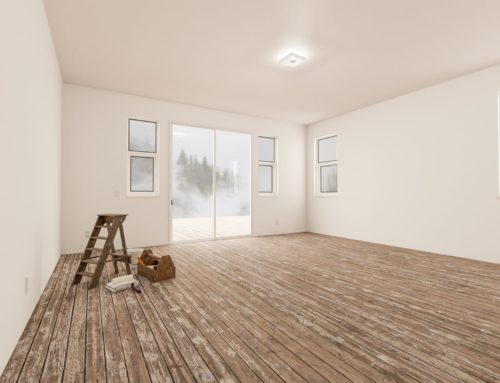Did you know that millennials are now the fastest growing segment of home buyers? The latest U.S. Census Bureau Housing Vacancies and Homeownership report revealed that the homeownership rate for 25 to 34-year-olds has increased from 36.5% in Q4-2018 to 37.6% in Q4-2019.
With a median adjusted household income of $69,000, the millennial cohort also earns more than young adult households did at any time in the last 50 years.
Millennials are coming into the market with higher incomes and with a desire to settle down so they can build families. This younger generation are quickly making their way into suburban life.
Here are the top four ways that millennial tastes are shaping the modern housing market.
Millennials will take time to find an acceptable home.
Surveys of home searching and buying experiences found that millennials are willing to shop for over a year to find an acceptable home. With a desire for both modern home technology and a location that fits their lifestyle, they are quite particular about their investments. However, this is not too surprising considering they just spent 10 years living with their parents and working as a barista in order to save up for their down payment!
Millennials want homes and communities that are sustainable.
Surveys have demonstrated that millennials tend to be more environmentally conscious, so it is no surprise that they are the ones driving the green revolution in housing. Solar panels will continue to be more popular on single family homes, each unit with its own battery and power management system. This is likely to result in an increase in insurance premiums, as most homeowners insurance policies cover solar panels.
Residents will have their excess energy distributed throughout the neighborhood in order to sustain the community’s energy needs while also minimizing the impact on the grid. New and more efficient features and appliances will only use the minimum amount of energy required for a given task, reducing home energy usage by as much as 50%. Experts project that this may lead to an electrical energy surplus in less than 10 years!
Millennials want new homes with new technology.
The oldest segment of millennials (aged 27-36) are big fans of smart home concepts. 36% of them have already purchased a smart home or installed smart home products, while 58% of those who have not are interested in doing so. Many older neighborhoods that are in highly sought-after locations are being rebuilt to attract these millennial buyers. Homes of interest are all smart – with the refrigerator, oven, lights, water heater, and locks entirely integrated and wirelessly connected.
In order to protect against potential power outages and network issues, these houses come with specialized closets where hubs, routers, servers, security systems, and backup power supplies are housed. Homes are even being prepared with empty conduits in order to provide control and transmission cabling for future technologies.
Smart homes, with features like water detection, humidity indicators, security systems, freeze detection indicators, and electrical monitoring, are also a great asset to your home. They can serve to protect both the homeowners and insurers from potential losses. Home insurers can actually benefit from partnering with smart home technology companies in order to lower risk, and this will likely also result in lower premiums for consumers.
Millennials expect a digital home buying experience.
Having grown up in a digital environment, millennials don’t want to spend days touring homes in person. Instead, they expect to shop for homes the same way they shop for everything else—online. Millennials tend to start their home search online and 58% found their current home on their mobile devices.Responding to this trend, an increasing number of realtors and brokers are now creating digital platforms for home buyers to search for their next property. More lenders are rolling out digital mortgage platforms making it easier for consumers to apply for and manage their mortgages online.
In conclusion, this younger generation’s habits, taste, and preferences are starting to shape the housing market in new ways. It is important to know what these new buyers are looking for and to be prepared for these new changes in the market.







